Kinds of Hunting Gear to Buy Based on Where You Hunt
Are you looking to buy hunting equipment? Before you start shopping, make sure you know the various types of hunting gear available. Whether you are a new hunter or an experienced one, there are many types of gear to choose from. Some of it may be for certain animals and others for more specific weather conditions.
Hunting gear is not always cheap, so it is important to know what is available and which ones will work best for your needs. The first thing that you need to do when looking for hunting equipment is decide what type of hunting you will be doing.
Types of Hunting Gear You Need to Consider
If you are going out in the woods with no weapons, then you will need to purchase some basic hunting equipment like a rifle or a shotgun. This will help keep you protected from any predators that might be out there. You should also have some basic camping gear so that you can set up a campfire or set up a barbecue if needed.
Another type of hunting gear is the trail camera. These cameras are used by hunters who want to track their prey over long distances, and they are often used in conjunction with other cameras such as binoculars and spotting scopes so that hunters can get a better view of their prey from a distance.
Hunting Lights
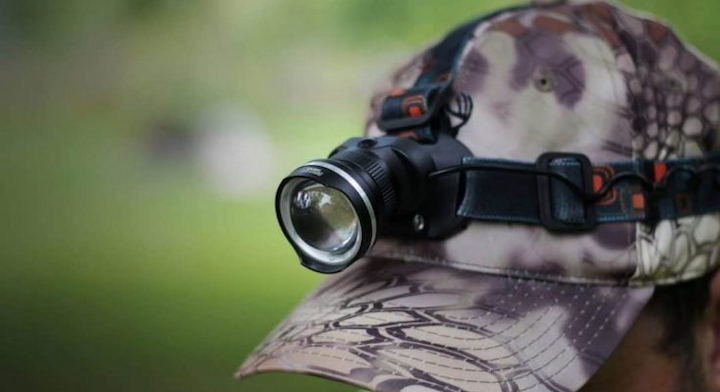
There are two basic categories of hunting lights: headlamps and hand-held flashlights.
- Headlamps are great for hunting because they leave your hands free to perform other tasks like holding a rifle, bow or walking cane. They also don’t require much training to use.
- Hand-held flashlights are typically better for hunting because they emit a more focused beam of light and can be easier to aim at distant targets. They can be somewhat difficult for new users, however, because you have to hold them with one hand while using the other to aim the beam of light. This may require a bit of practice for some people.
Bow or Rifle
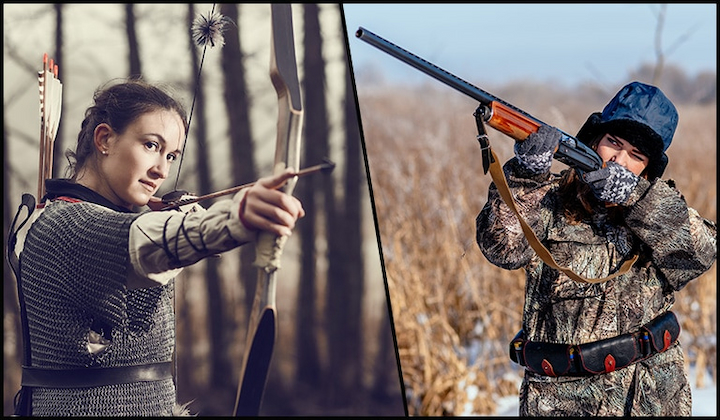
The most important part of your hunting equipment is the weapon itself. You can’t hunt without one! However, bows and rifles are very different pieces of equipment, so it’s essential to do some research before making your purchase. For example, bows require a lot of practice to maintain accuracy, but they’re also quieter than guns.
Clothing
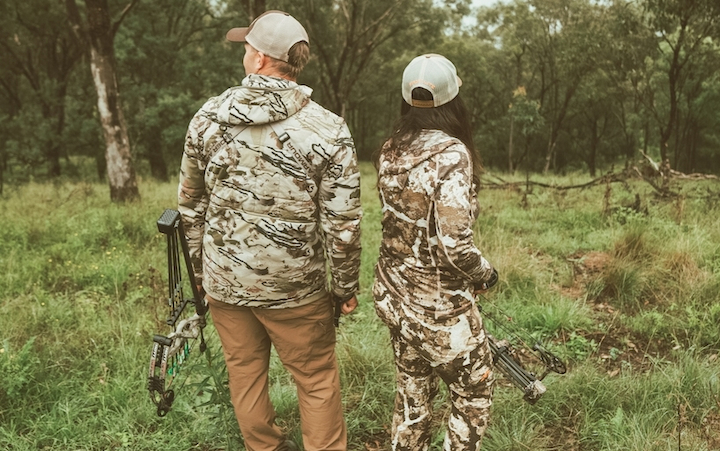
Hunting requires special clothing because you’ll be spending hours in a field or forest waiting for prey to pass by. You’ll need comfortable boots that keep your feet warm and dry, as well as clothing with pockets for carrying ammunition and other supplies. Camouflage patterns are popular among hunters because they allow you to blend in with your surroundings — deer don’t see as well as humans do and won’t notice someone wearing camouflage at a distance.
Deer Call
The best way to get a deer to stop in its tracks is by using a deer call. As the name implies, this device is used to call or lure deer into an open area, so you can shoot them. Before buying a deer call, you should consider several factors, including the type of call, the types of sounds it emits, and your skill level.
There are three main types of deer calls: mouth-blown calls, diaphragm calls, and electronic calls. Mouth-blown calls are designed to be held in the mouth and blown into. Diaphragm calls are placed between the roof of the mouth and tongue for use. Electronic calls have built-in speakers and can be used by pressing buttons on the device or with a remote control.
The two main types of sounds emitted by deer calls are grunts and bleats. Grunts represent a strong sound that signifies dominance, while bleats represent a weak sound that indicates vulnerability. If you are looking for fawns, you need to use bleats; if you are looking for mature bucks, you need to use grunts. You also have the option of purchasing a call that makes multiple sounds. These devices typically allow you to select which sound you want to emit at any given time.
Hunting Knife or Multi-Tool
A hunting knife or multi-tool may be your most important piece of gear. Of course, you’ll need a rifle, shotgun or bow and arrows to hunt, but the knife is the one item you’ll use every day in camp and in the field. Here are a few things to consider when shopping for a hunting knife:
Blade length. A blade that’s five to six inches long is about right for most hunters. Anything longer will be difficult to carry on your belt. Anything shorter might not be very versatile. Some states allow only knives of a certain minimum length for big game hunting; check your state’s regulations before you buy.
Straight or curved? The shape of the blade can make it more suitable for different tasks. A straight blade is good for skinning and cleaning because it has a steady, even cut. A curved blade is better for splitting pelts because it keeps cutting when pressure is applied continuously along the edge of the blade (which allows you to make bigger cuts faster). Also, some hunters find that curved blades are more effective when used as an axe to quarter large game animals by slicing through joints.

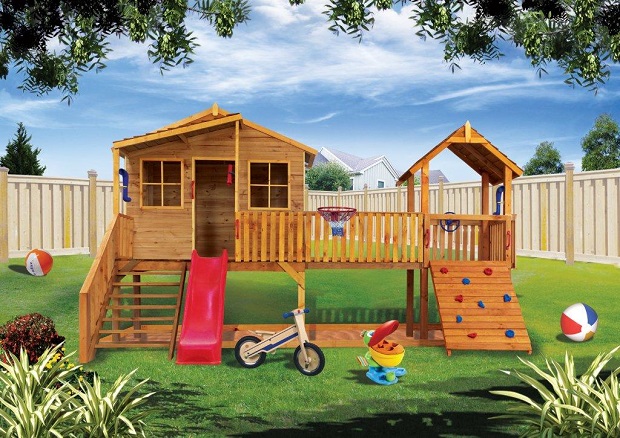
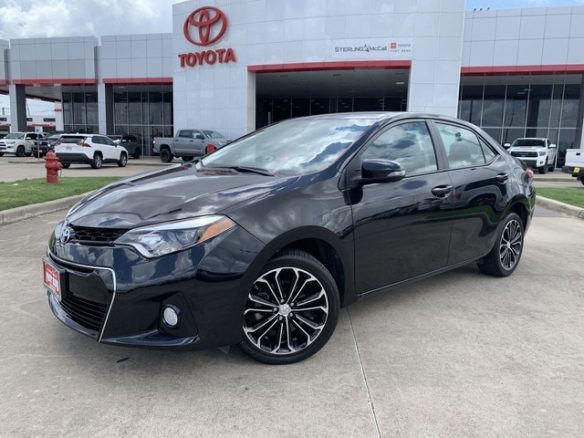

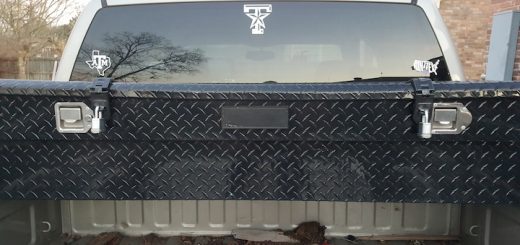
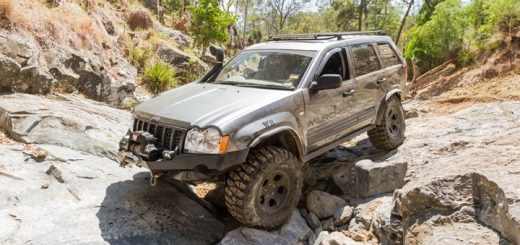


![AFX Sauber F1 C44 Stake No24 Slot Car [22092]](https://www.availableonline.com.au/wp-content/uploads/2025/06/6ccd9e30-c6fa-4910-9081-5fcc3ba80b04__60843-520x245.jpg)